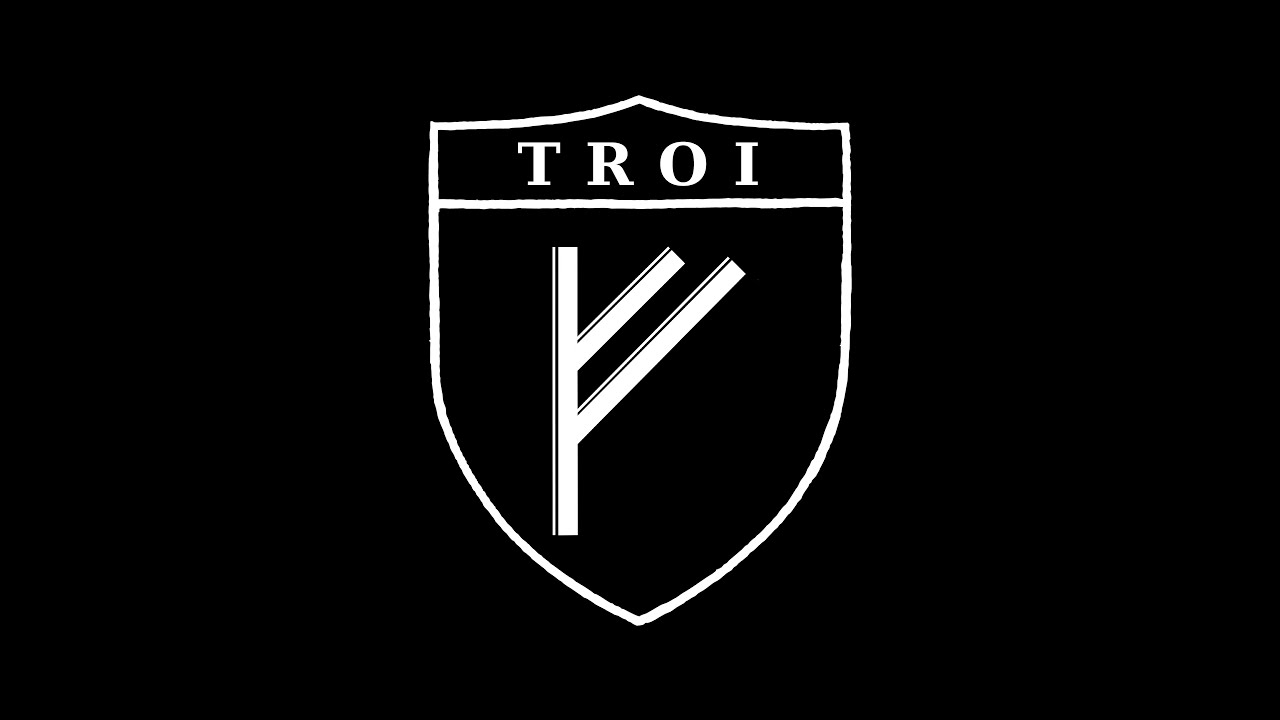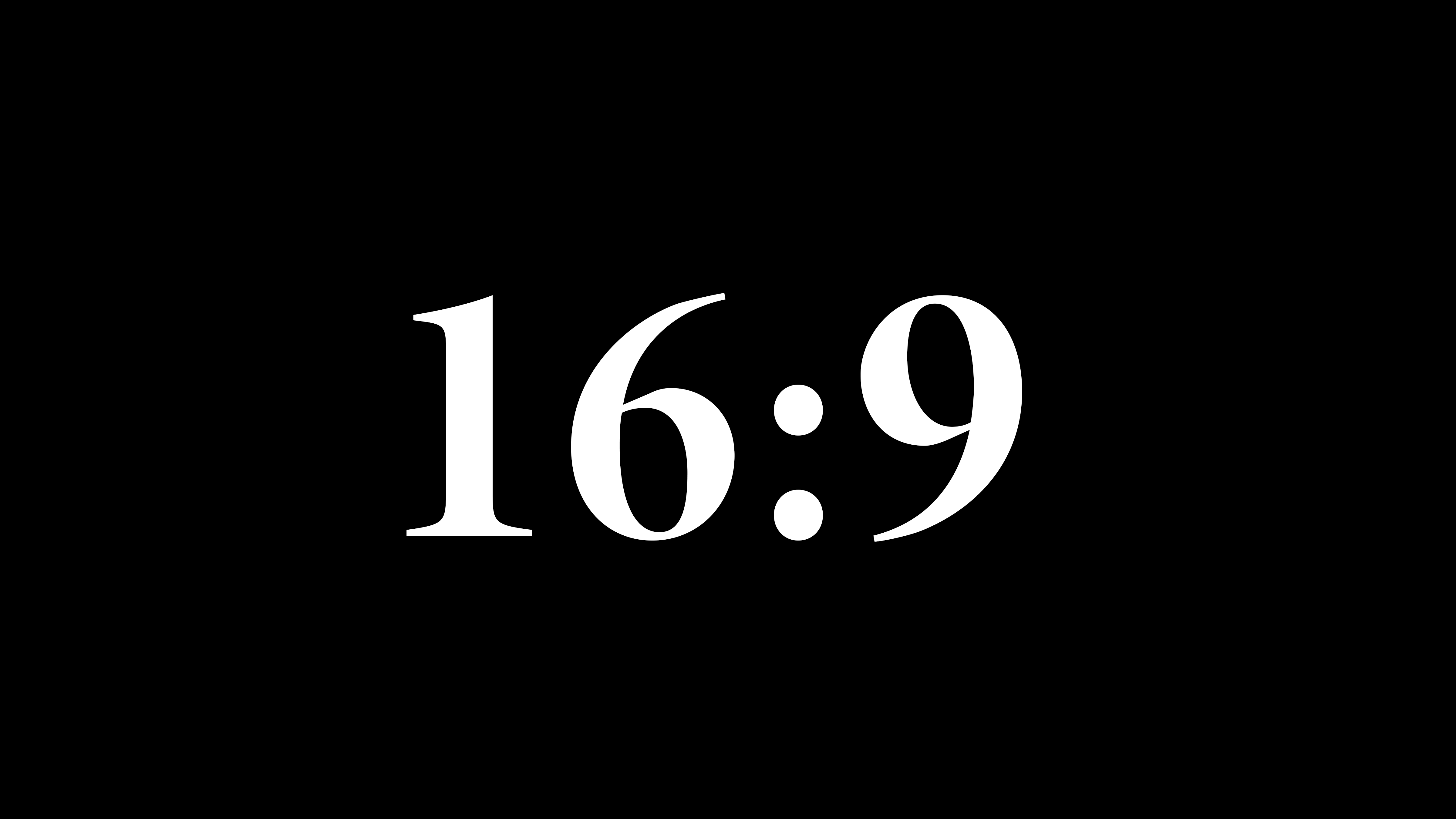It’s no secret that most books turned into movies suck. To be frank and honest, they more often than not are storytelling abominations that seem a mockery of the original material. Sure, there is a considerable range from the pleasantly mediocre to the downright terrible. What seems the most interesting about this phenomenon is how frequently it happens. To once again proffer the question, why do so many film adaptations of popular books suck?
The answer is not as simple or easy to piece together as one might think. Any number of things can contribute to a film falling short of expectations and as a result falling short at the box office. This is not to conclude that box office success reflects the film’s quality or that of its story. There are a number of films that have been unsuccessful at the box office only to find new life as cult classics or otherwise.
So what is the answer to the question. Why do so many film adaptations of books suck? I think there are three reasons why this is. Dawdling, Adherence, and Ardor. As to why these three things and why they are so often lacking are to be explored individually since they are each pillars to what seems to be every successful adaptation.
Before moving into each pillar, let’s quickly review a short list of successful and unsuccessful adaptations. This comparison excludes any success gleamed from financial performance and is based on my own and broad critical opinion. As a fan, it is not always easy to explain why I do or do not like something. Hopefully, this post will shed light on what I and many fans like me might be thinking. This is just one man’s opinion, but given with much thought after many years of enjoying films as well as being disappointed by them.
Examples of Bad Adaptations
Some of the worst book to film adaptations I have seen (having read both book and watched the film) include: Eragon, American Assassin, Inferno, The Lighting Thief, The Voyage of the Dawn Treader, The Spiderwick Chronicles, Artemis Fowl, and Inkheart.
What do they all have in common? Each film ultimately falls short on the three pillars. Somewhere along the way, the film loses itself and misses the mark.
The Best of the Best Adaptation
It almost goes without saying that the most beloved and perhaps greatest achievement in film for book adaptation goes to The Lord Of The Rings Trilogy. While there is a great deal of mixed feelings on The Hobbit Trilogy, the first three films directed by Peter Jackson serve as a model for what you should do when adapting a book.
I will draw comparisons to the way those working on LOTR approached it’s adaptation and the three pillars that seem to be representative of what made up a bulk of their success. While most successful projects can feel like lightning in a bottle, there is a process to the creation of art that when followed by any diligent artist, can turn out masterworks.
Pillar One: Ardor (Passion and Heart)
The team behind the adaptation must have ardor for the source material and the art of filmmaking. This passion or heart is crucial at the beginning. This is the first step that can make or break the project.
While it is likely that no filmmaker wants their project to be bad, it happens far too often in Hollywood for there not to be something fundamentally wrong with how most movies are made. From the early stages to post production and eventual release, there are a lot of cooks in the kitchen. With so many fingers in the pie, there is so much that could go wrong and far too frequent an opportunity. The obstacles of filmmaking warrant their own discussion which will not be addressed here. They are mentioned because in the business of film, where the goal is to make money and lot’s of it, there are many projects which are created for this reason alone. When there is no one on the project who truly cares, that is passionate about seeing the book’s story brought to life on screen, you are setting yourself up for failure.
Alas, having ardor for the project is merely the start. But it is the right start and a necessary one. Those who truly care about the story, like in the case of LOTR, when put in charge of the films adaptation can create something truly wonderful. This is due to the fact that there is another component, respect.
You can see the amount of respect for the source material Peter Jackson and the thousands of individuals who worked on LOTR had. That respect, mixed with true passion, bleeds through every aspect of the work and can be seen on screen. In a movie, when so many set pieces are facades, surface level distractions, it is easy to see through the falseness. A movie, just a book, must seem real off the pages. If the writer or filmmaker can not do this, the story will fall flat and will not succeed.
Pillar Two: Dawdling (Wasting Time)
The next largest factor and one of the leading causes of failure is time. Books range in length and even short simple novels can take up the runtime of most feature length films. A Christmas Carol, by Charles Dickens is a prime example of this. If a short novel such as that can find itself turned into a feature length film, how much more daunting is the task to fit novels that range hundreds of pages into the same timeframe? For the most part, you could argue that it simply can not be done. I can think of a few movies in my list that are bad for that simple reason alone. There was just too much story and too little time to fit it in.
Even with how well LOTR was handled, there are still many characters and parts of the story which were left out. Jackson’s team was handed the arduous task of eliminating the non essential from the story so they could fit the story into three films. They even released extended editions of the films which dramatically increase the length but with added time, they do greatly expand upon the story. The extended editions are considered by many to be the definitive editions are are exclusively watched rather than their theatrical counterparts.
With the problem of time, there is a second more important problem. How the time that the film does have is used. A great example of this would be the 2021 version of Dune. While this version of Dune was well liked and reviewed, and seeing as how it only covers half the story with another movie in development, the film demonstrates the second problem. The movie simply put, dawdles. Dawdle or Dawdling means to waste time; be slow. At times, Dune lingers to long on an establishing shot, or replays a vision or scene too frequently and unnecessarily. This dawdling eats away at the runtime and when you already have to make cuts to the story, will frustratingly contribute to the erosion of more story which could have otherwise been fit in.
This is the pillar where pacing is so important. A balance must be found to show what needs to be shown, said what needs to be said, without missing the point. The craft of filmmaking is a delicate one and there is always going to be a give and a take. A movie must lean into it’s strengths to compensate for what is can simply not capture from the book. Every second of screen time counts and needs to be used as precisely as possible. The book serves as a well tested roadmap for where the story is going. The job of the film is to capture that story as best as possible.
Pillar Three: Adherence (Following the Story)
Following the roadmap set forth by the book. Novels, by their nature, are more descriptive and fleshed out than a screenplay will be. Where a screenplay will focus on dialouge, beats, and short descriptions, a book does so much more. Settings and characters will be described, sometimes in painstaking detail. The story well crafted and beloved by hundreds of thousands or even millions. What may take pages upon pages to describe can take only moments for a movie to show. While books have strengths that are not found in any other medium, a film has strengths that books do not have. With increased visuals, actors, sound effects, and music, a good film has all of the tools at its disposal to tell the same story with similar emotional impact.
However, there seems to be a problem which is more prevalent and far more detrimental to a story. Lack of Adherence and respect for the source material. So many adaptations feel like a casual retelling of the story. That the writer set out to reimagine the story by extracting the characters and a few plot elements only to weave a new story and narrative of their own. While open the surface it seems to resemble the original work, it is soon made obvious that the film is nothing like the book.
If it has not already been made clear, I will make it so now. You can not film a book page by page, shot for shot. It doesn’t work like that and what can be done in a book is different than what can be put in a movie. Changes always need to be made. Things sometimes have to be combined, adjusted, and sometimes rearranged to work on the screen. Once again, LOTR is a great example of this. But the core of the story, the major events, how they happened, and the way that impacts the story should all remain as intact as possible. It is a lack of adherence to the source material that is so frustrating.
It doesn’t make sense for a film to rewrite the story. The act of taking the author’s idea, creating a new setting, writing new dialogue, only to recapture what was originally set forth in the book is more than insulting. The original audience is not interested in a retelling or re-imagining of the story they have already fallen in love with. And if history is to be the judge, the new audience that you will find will fall in love with that same story through the film and not through the new story you have so stupidly crafted.
If there is one thing to blame for the failure of film adaptations to meet expectations and to be good representations of the source material, it would be its failure to adhere to the original story. If a filmmaker wants to tell an original story, they should make something new. They should never take an established IP, story, book, comic, etc. and put their spin on that story. It’s lazy storytelling and at the end of the day, it most likely will not be successful.
Creating Better Adaptations
No matter the case, adapting any story from one medium to another comes as an uphill battle. Although streaming has opened the door to greater possibilities when it comes to adapting books, it seems Hollywood may continue to make the same mistakes. New adaptations like The Witcher, The Wheel of Time, and The Lost Symbol are great examples of television series that are adapting widely popular books to middling results. Certainly, 8 to 10 episodes does provide a great deal more time, these shows have once again showed that ardor only goes so far when you are not willing to be more strict to the adherence of the story.
So long as there are books being written and films being made, adaptations will continue. Here is to hoping that more frequently they will be good.



